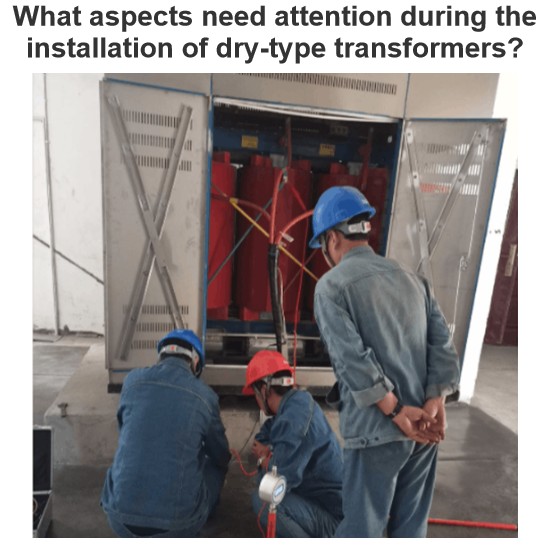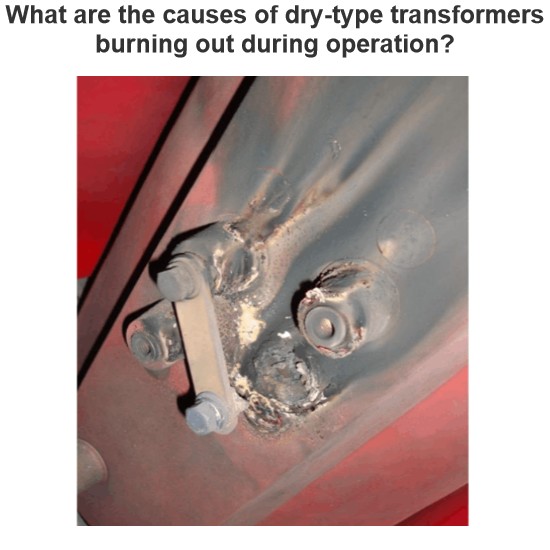Can a DC transformer be used to step down AC voltage or vice versa (AC to DC)?
The combination use of transformers
In certain specific cases, it might be feasible to consider using a step-up transformer followed by a step-down transformer, but this is not a common practice and requires careful handling to ensure safety and efficiency. Here are some situations where you might consider this combination:
Cannot be used as both step-up and step-down at the same time
The same transformer cannot perform both step-up and step-down operations simultaneously. The fundamental principle of a transformer is based on electromagnetic induction, and its design determines that it can only change voltage in one direction. A variable transformer can achieve a certain degree of voltage regulation, but at any given point in time, it can still only work in either a step-up or step-down manner.
When a step-down transformer is used as a step-up
A step-down transformer is designed to convert high voltage into low voltage, while a step-up transformer does the opposite, converting low voltage into high voltage. If you try to use a step-down transformer as a step-up transformer, it may lead to excessive voltage, causing damage to the equipment or triggering safety issues. Moreover, the structure and parameters of a step-down transformer are not suitable for step-up operation, and long-term reverse use will affect its stability and lifespan.
Combinations in Special Applications
In certain specialized applications, such as power transmission or electronic devices, it may be necessary to convert between different voltage levels. In these cases, a buck transformer and a boost transformer may need to be connected in series or parallel to achieve the desired effect. However, this requires professional electrical design and calculation to ensure the safety and performance of the system.
Conclusion
Overall, while it may be possible to consider combining step-up and step-down transformers under specific conditions, this is generally not a common practice and would need to be determined on a case-by-case basis according to the specific application requirements and safety regulations. In most cases, standalone step-up or step-down transformers can meet most needs. If a combination is indeed necessary, it is advisable to consult a professional electrical engineer to ensure proper and safe implementation.
The Electricity Encyclopedia is dedicated to accelerating the dissemination and application of electricity knowledge and adding impetus to the development and innovation of the electricity industry.













